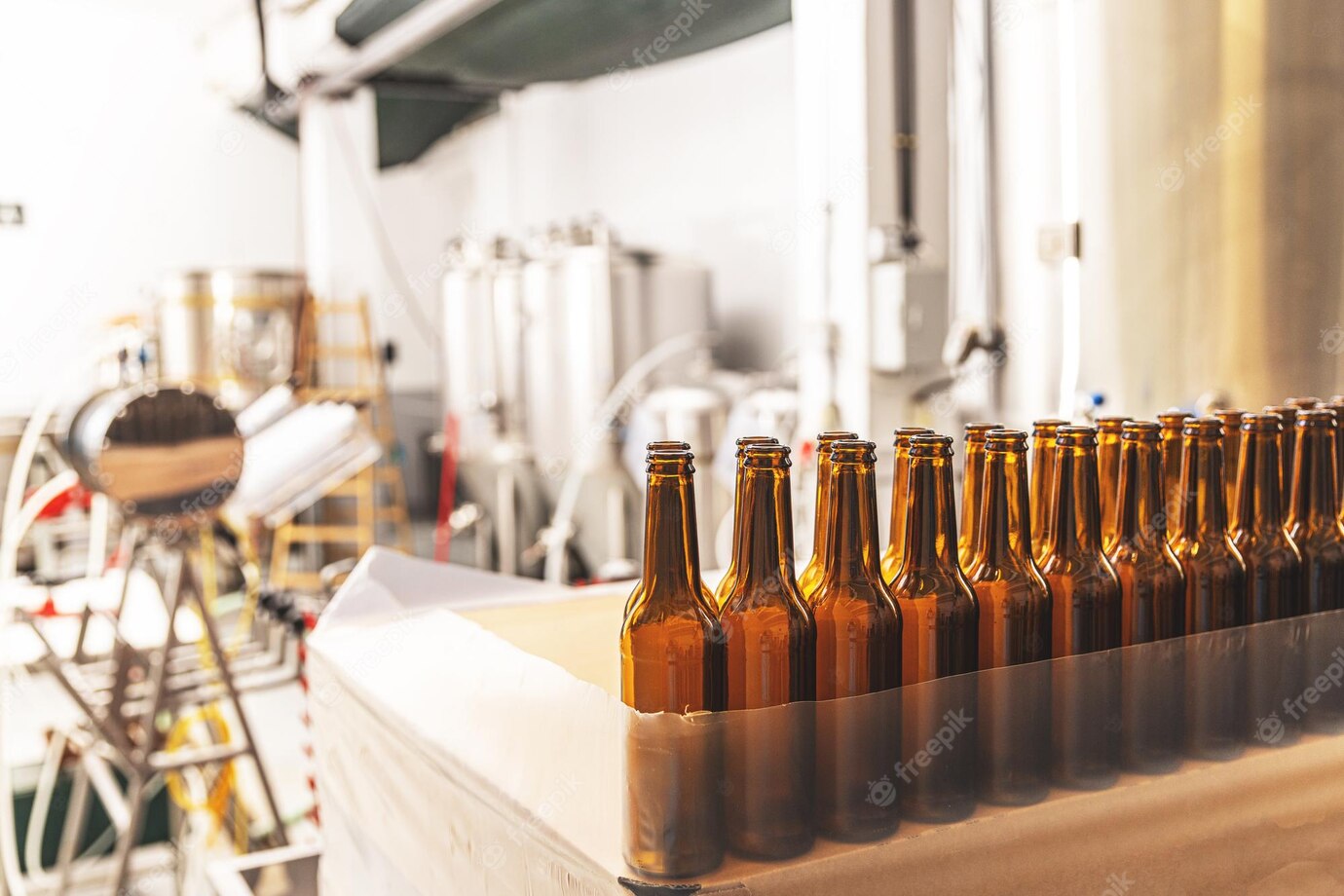Unlock the secrets of crafting the perfect ale! Learn proven tips and tricks to brew perfect ales every time!
Are you a budding homebrewer looking to perfect your craft? Brewing ales at home is a rewarding experience that can be tailored to fit your own style. With the right techniques, mastering ale-making is possible for both amateur and experienced brewers. This article provides some useful tips and tricks for home brewers to help them create delicious ales. From the importance of sanitation to the art of hop utilization, this article provides insights into the best practices for brewing ales. So grab a pint and get ready to learn the tricks of the trade!
Brewing Ales: Tips and Tricks
Home brewing can be an intimidating word. But once you break it down and get involved in the process, you can make some really fantastic beer. Pumping out great tasting beer isn’t just about following the directions, though. It takes knowledge, patience, and practice. Ale is by far the most popular choice for home-brewers and there are many tips and tricks to ensure a successful batch.
One of the most important things you need to do is select a good quality malt extract. The malt extract is what will give the beer its flavor, bitterness, and alcohol content. You can find malt extract in a few different forms: liquid extract, dry extract and partial mash mash. Whichever type you choose, make sure it is a fresh product. After purchasing, store it in a cool, dry place and make sure to check for expiration dates. The most common malts to use when brewing, are pale malts, Munich malts and wheat malts.
When you are ready to start brewing, make sure all of the equipment is properly sanitized. This is the foundation of success when it comes to home-brewing a quality ale. If you skip the sanitation step, you will risk contaminating the beer and can ruin the entire batch. One of the best ways to clean your brewing equipment is by using a mixture of Chlorine dioxide, or a no-rinse sanitizer. Follow the directions on the product and keep your equipment clean and free of bacteria and wild yeast.
For the preparation of your wort, or unfermented beer, there are a few things to keep in mind. The wort should be boiled for a minimum of 60 minutes to ensure that all of the proteins are broken down and all of the bitterness and flavor are extracted from the hops. After boiling your wort, you should then cool it as quickly as possible. This is essential to ensure the beer does not pick up any unwanted bacteria. There are a few different ways you can cool your wort. The easiest way is to put the brewed pot in an ice bath. You can also purchase a coil chiller, which can cool your wort almost instantly. Once it is cooled, you can then transfer your wort to the fermenter.
The fermenter is where the beer is turned into alcohol. To do this, you will need to add a yeast. The most commonly used yeast for home brewing is the ale yeast. Make sure to rehydrate the yeast properly before adding it to the wort. This will help the yeast to ferment properly, and avoid any off-flavors. Once your wort is transferred to the fermenter, attach the lid and add an airlock. This is not only important for preventing any contamination, but also allowing the carbon dioxide to escape as the beer ferments. The beer should now be ready to ferment.
As your beer ferments, you will need to monitor it for a few days. The fermentation time can range from 5 to 21 days, depending on the recipe and type of beer you are brewing. The temperature in the fermenter should remain consistent throughout the fermentation process. Usually, ales are fermented between 68-72° F. Any wild fluctuations in temperature can cause off-flavors and the yeast will be unable to ferment the beer properly.
Once the beer has finished fermenting, it is time to transfer it to the bottling bucket. This is an important step, as it will allow the beer to condition and clarify a bit, as well as allow you to add any priming sugar. This sugar will provide the yeast with food, and create a natural carbonation once you bottle the beer. The beer is now ready to be bottled, and should be stored at a cool, dark place for two to three weeks.
After the beer has conditioned, you can now enjoy the beer! It’s important to remember that with any type of brewing, practice makes perfect. Don’t be afraid to experiment and take notes. Brewing ales is a process and it takes patience and knowledge. By following the above tips and tricks, you can brew a great tasting beer, and become a master brewer in no time!

